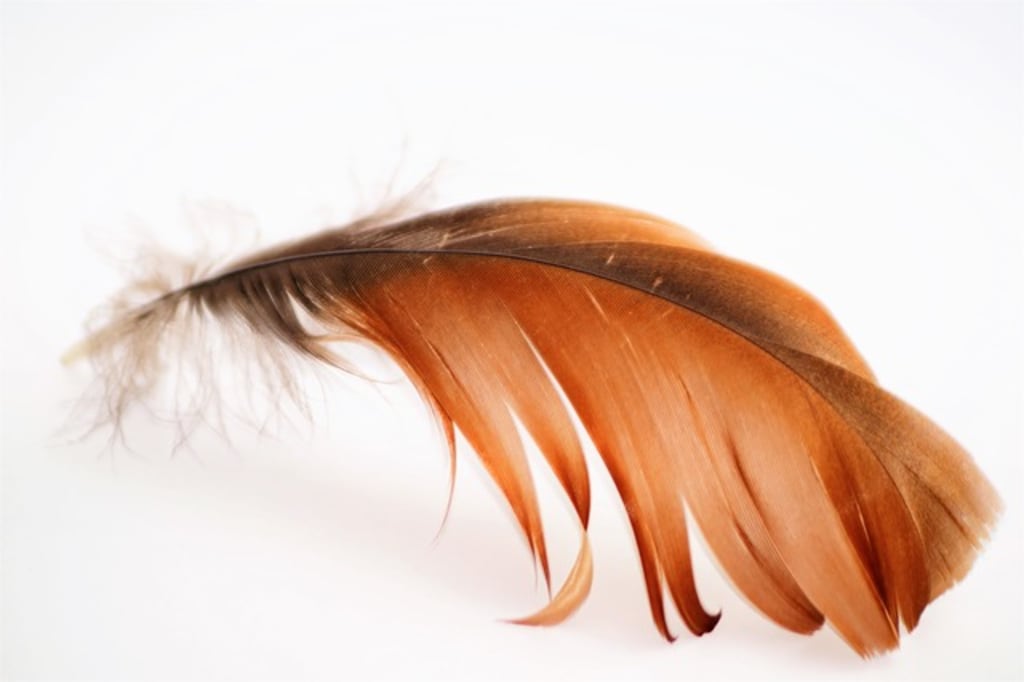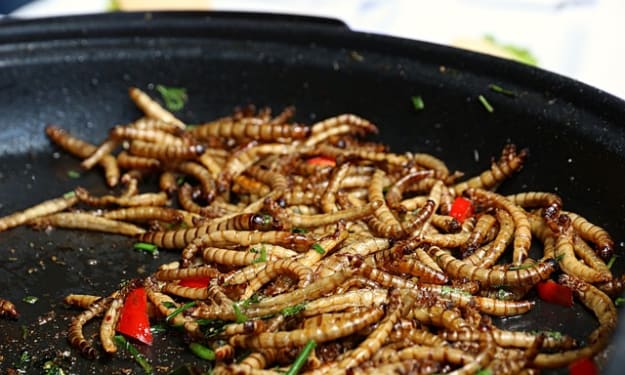Collecting Feathers - the Legal Way
What many don't know is that simply finding feathers isn't always law-abiding.

Collecting feathers is, for many, a fun pastime we’ve held onto since childhood. A bright bluejay feather or elegant woodpecker primary makes an interesting ornament that catches the eye. But unfortunately, what many aren’t aware of is that it isn’t that simple. Simply taking home a pretty feather can be highly illegal - but not in all cases. So what feathers can you keep, and which are best to leave be?

If you live in the United States, you live where native birds are protected by the Migratory Bird Treaty Act. The MBTA was first enacted in 1916 to protect migratory birds; it was first put in place largely due to over hunting threatening many species. Under the MBTA, it is illegal to hunt, capture, kill, or sell birds listed as migratory birds - and this includes all parts of birds, even a naturally molted feather. Under special circumstances, one may obtain a permit to possess feathers, bones, and so on - typically given to wildlife educators. Violators of the MBTA can be penalized with fines of up to $150,000 and / or serve six months of jail time. That’s a steep price to pay for a feather. (Granted, these rules are in place to stop illegal hunting, smuggling, and so on - wildlife officials aren’t really looking for those who stumbled across molted feather, nor are they likely to give you anything more than a warning.)
So what birds are protected under the MBTA? Despite the name - pretty much all native birds. In almost all circumstances, that feather you found has to stay where it is. The exceptions are as follows:
Gamebirds - any bird which is legally allowed to be hunted, as such, must be legal to possess in some capacity. This still doesn’t mean that just anyone can pick up their feathers, at least in all states - you may be required to have shot the bird yourself, or at least to have a hunting permit.

Non-native species - given that the MBTA was put into place to protect native birds, it does not apply to invasive or introduced species. This includes but is not limited to pigeons, house sparrows, European starlings, monk parakeets, ringneck pheasants, Eurasian collared doves, and Indian ringneck parrots. Any species not native to the US, as such, does not fall under the MBTA and is legal to collect. However, their parts or feathers likely are protected under the laws of other countries, so use caution if you plan on bringing them with you on your travels.

Pet birds - while these fall under the ‘non native’ category, I thought it was important to mention specifically that it’s always legal to possess feathers from a (lawfully obtained) pet bird. If you want colorful feathers, a friend who owns a parrot, or a local shelter or rescue, would likely be happy to share with you. This also applies to other pet birds, such as doves, finches, chickens, and so on.

This means that, unfortunately, most feathers you will find in nature will be illegal to bring home. But don’t let that get you down. You can still build your collection by:
Searching where introduced species are popular. If you find a flock of pigeons or house sparrows, you are likely to find all their molted feathers.
Asking politely. Bird owners are likely happy to share a few feathers. Ask friends and family and neighbors who have pet birds. You can also ask around pet stores, rescues, shelters, farms, and other businesses.
Collecting from your own bird. Many people expand their feather collection greatly via their own bird. Clearly, you should not get a bird just for a feather collection, but if you already have one or planned on adopting, you have a near constant supply of naturally molted feathers.
Although many do it, you should avoid buying from craft stores and other sellers of pre-packaged feathers. These are generally not ethically obtained or naturally molted. If you really want to buy feathers, search on Etsy or similar sites for naturally molted feathers.
If you end up bringing feathers home from outside, be sure to sanitize them. Sometimes, feathers may have feces or parasites on them. While it's unlikely they will contain anything transmittable to you, it's better to be safe than sorry. A light wipe down with diluted rubbing alcohol will kill bacteria without bleaching out the color of your feathers.

Whatever choice you make for collecting feathers, don’t resent the MBTA for making it hard to pick up feathers you find. While it may be a pain for casual collectors, it’s stopped the relentless slaughter of many native species + absolutely does more good than harm.
About the Creator
Enjoyed the story? Support the Creator.
Subscribe for free to receive all their stories in your feed. You could also pledge your support or give them a one-off tip, letting them know you appreciate their work.






Comments
There are no comments for this story
Be the first to respond and start the conversation.